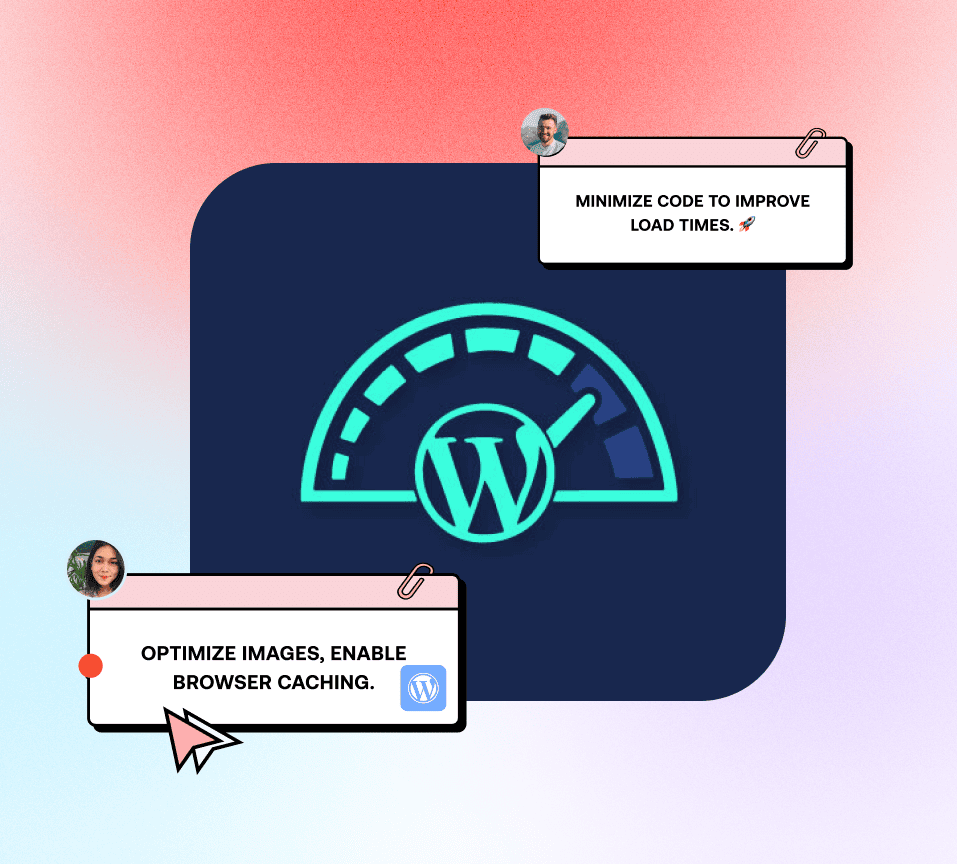Blitz News Digest
Stay updated with the latest trends and insights.
Speeding Past Slowpokes: Turbocharge Your Website Performance
Unleash lightning-fast load times! Discover top strategies to turbocharge your website performance and leave slowpokes in the dust.
5 Essential Tips to Optimize Your Website's Speed
Optimizing your website's speed is crucial for enhancing user experience and improving your site's SEO ranking. Here are 5 essential tips to help you achieve better load times:
- Compress Images: Large images can significantly slow down your site. Use image compression tools to reduce file sizes without sacrificing quality.
- Minimize HTTP Requests: Each element on your page requires an HTTP request, which can add up. Reduce the number of elements on your pages, combining CSS and JavaScript files when possible.
- Utilize Browser Caching: By enabling browser caching, you allow visitors to store some files locally, reducing load time for repeat visits.
- Choose a Reliable Hosting Provider: Your choice of hosting can greatly impact your site's performance. Opt for a provider known for fast server response times.
- Implement a Content Delivery Network (CDN): A CDN distributes your website’s resources across multiple servers, allowing users to access your site from the closest location, which can improve loading times significantly.

How Website Performance Impacts User Experience
Website performance plays a crucial role in shaping user experience. In today's fast-paced digital world, users expect websites to load quickly and function smoothly. Research indicates that a delay of just a few seconds can lead to increased bounce rates and significant loss of traffic. A well-optimized website not only improves loading times but also enhances the overall experience, providing users with the seamless browsing journey they desire. This means paying attention to factors such as images, scripts, and server response times to ensure everything runs at optimal efficiency.
Additionally, user experience is deeply intertwined with perception—how users feel while interacting with a website. A fast-loading site fosters a sense of reliability and professionalism, whereas slow performance often leads to frustration and distrust. In this age of social media and instant communication, users are quick to share their grievances, which can result in negative publicity. Therefore, prioritizing website performance is not just a technical necessity; it's a fundamental aspect of building and maintaining a positive relationship with users that ultimately drives engagement and conversion rates.
Is Your Site Slow? Common Pitfalls and Solutions for a Faster Website
Is your site slow? You're not alone. A common pitfall that many website owners face is underestimating the impact of loading speed on user experience and SEO rankings. Factors such as large image files, inefficient code, and excessive HTTP requests can significantly hinder your website's performance. To identify these bottlenecks, consider using tools like Google PageSpeed Insights or GTmetrix, which can help you pinpoint specific issues contributing to slow load times.
Once you've identified the common pitfalls, there are several effective solutions you can implement to achieve a faster website. Start by optimizing image sizes to reduce load times without losing quality. Additionally, consider minifying CSS and JavaScript files to eliminate unnecessary characters and spaces. Utilizing caching techniques can also enhance site speed by storing frequently accessed data, reducing the amount of time it takes to serve pages to users. By addressing these issues, you can significantly improve your site’s speed and deliver a better experience for your visitors.